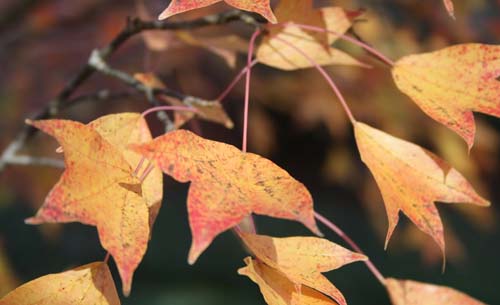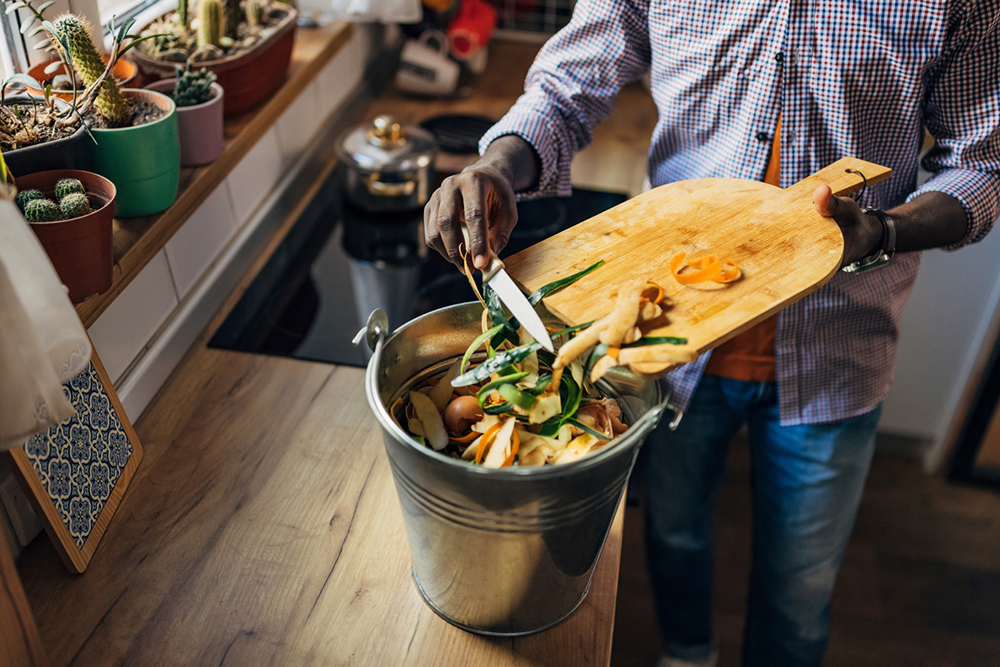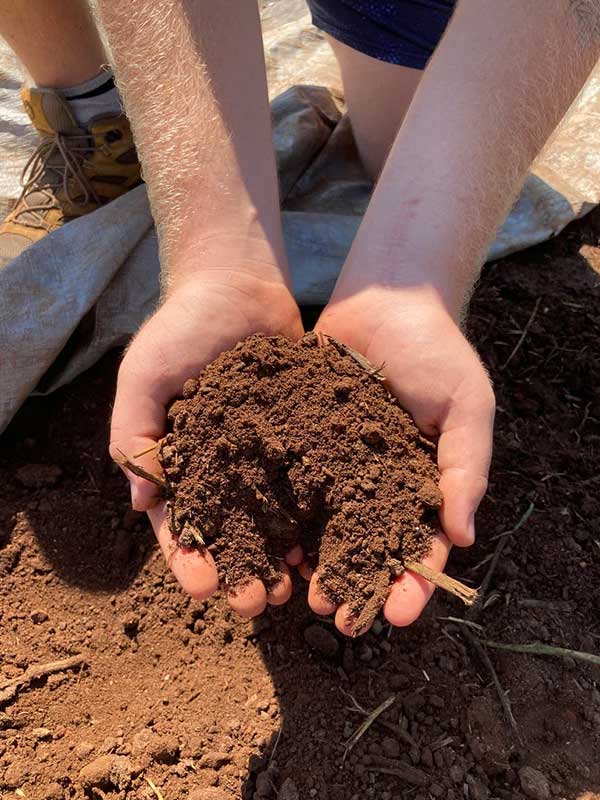As winter approaches, leaves turn from green to gold, bronze, red, orange, brown, yellow and crimson. Deciduous trees and shrubs will soon shred their leaves and home landscapers will have to decide what to do with all the fallen leaves.
Should you rake them from lawns and flowerbeds and put them in bags for pick up? Should you rake them into piles and safely burn them or make compost? Or should you just take the lazy route and leave them where they fall?
Does bagging fallen leaves and sending them to the landfill make sense for long term environmental sustainability while urban landscapes are mulching beds with pine straw from South Georgia?
Don't block the light
Leaves that fall on turfgrass lawns should be removed. They may limit the growth of the grass by obstructing light or create conditions that favor disease that will compromise the aesthetic qualities.
Leaves that fall on areas that are used to grow shrubs or trees may be ignored and left to benefit the soil. Leaves evolve in environments where no one is there to remove them. In fact, these leaves benefit the environment by adding mineral nutrients, organic matter and mulch.
It's a natural process
Anyone who has walked through the woods will see that the soil is highly compressible and very soft. When the organic matter covering the soil surface is disturbed, you will find old leaf litter that is extensively colonized by fungi and other microorganisms that live in the soil. Decomposed organic matter adds a rich dark color to the top few inches of soil. The layers of decomposing organic matter provide habitat for many soil insects and provide water and nutrient holding capacity for plants. This natural mulch layer is part of nature’s way of recycling carbon and other minerals.
The best way to mimic nature is to turn leaves into compost. When applied back to the soil, compost can provide many of the benefits that are enjoyed by plants in natural environments.
Create layers
To compost leaves, gather them into piles that consist of a layer of leaves 4-inches thick followed by a 1- to 2-inch layer of soil supplemented with organic kitchen waste like vegetable peels, food scraps without meat or fat and any other plant matter or grass clippings.
Add another 4 inches of leaves and then another layer of soil and kitchen waste and so on. The pile can be as large or small as you like, but a pile 64 cubic feet will have enough mass to remain warm and allow decomposition to take place throughout most of the winter. Keep the pile moist with occasional watering. The pile can be covered with an old tarp to prevent cooling off.
Gets hot, but needs air
Leave the pile to decompose naturally. Natural decomposition will take place as a result of the active organisms present in the soil. The pile will create heat and may reach high temperatures that cause steam to come from the pile on cold winter days.
To increase oxygen in the air inside the pile, turn the pile once or twice to prevent any anaerobic decomposition that may lead to unpleasant odors. In the spring, the volume should have decreased by half and what remains is dark-colored, crumbly organic soil. When spread over the soil surface this material will provide nutrients to garden and landscape plants.








